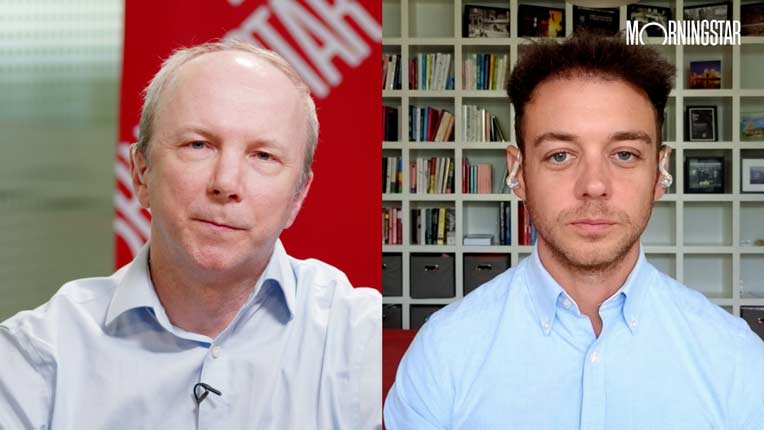Looking for growth? You’d be a fool to ignore income. Albert Einstein called compound interest the eighth wonder of the world – famed to have said: “He who understands it, earns it ... he who doesn't ... pays it”.
Einstein is not the only high profile fan of compound interest. Warren Buffett, the sage of Omaha himself described investing to Forbes magazine as “forgoing consumption now in order to have the ability to consume more at a later date”.
Compounding interest is when you pay dividends back into the capital sum, allowing that capital sum to grow and in turn the dividends will grow too. These larger dividend payments are invested back in to the pot, and the process repeats itself.
Accumulating dividend payments can help to make even the most meagre of ISA pots matter. Compound interest decrees that early gains cannot ever be caught up at a later date – no matter how small. Paying in £50 a month to your ISA portfolio through a regular savings plan can quickly become a sizable balance if you choose to accumulate interest.
The equation for compound interest is T = D ( 1 + I)ᴺ. T is the total value of your investment portfolio, D is the initial deposit, I is the rate of interest and N is the number of years invested.
A £10,000 deposit, invested for three years, earning a rate of 5% without compound interest would yield three payments of £500 – £1,500 plus the initial deposit of £10,000, totalling £11,500.
Using the compound interest calculation, the pot would in grow in value to £11,576 over three years, an extra £76. And over a longer time horizon that extra £76 would grow to much more.
The power of compound interest also explains why if you have a longer time horizon it pays to take a more risky stance. High yield bonds reward investors for taking on risk with a higher rate of income. Over time – even if the value of your investment falls – 7% annual income can be compounded to result in considerable growth. This is one of the reasons why during the “growth” stage of a pension plan, providers put members in more risky assets.
Emerging markets are one area where risk can be rewarded. If you had invested £10,000 in Newton Asian at the start of 2006 when Jason Pidcock took over management of the fund would be worth £26,467 - excluding reinvested dividends this would fall to £18,613.
During that time £5,300 would have been paid out in dividends, the difference of £2,554 comes from the effects of compound interest. That is a boost of almost 10% of the total. In addition, the yield today on the initial £10,000 investment is around 8.3%, meaning that last year the fund paid £827 on the initial investment.
“Income investing is the best approach for investors looking to get rich slowly. Equity income offers a combination of attractive income, rising yields and capital growth,” said Adrian Lowcock of Hargreaves Lansdown.
“Investors who don’t need the income can reinvest it to get additional benefit from growing dividends. Equity income in particular helps investors keep their wealth growing ahead of inflation.”





























